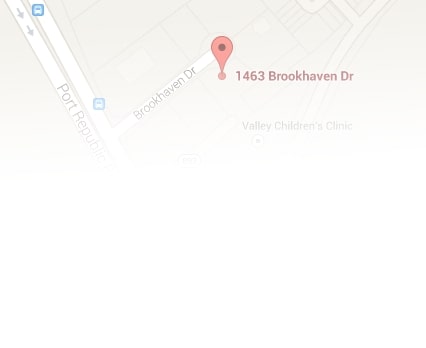Five Types of Medical Malpractice Claims
Both state and federal laws stipulate that health care professionals owe a duty of care to patients, which is defined by the care standards customarily adhered to by other health care practitioners in that particular specialty. Deviating from these care standards in a manner that results in patient injury or death is a type of professional negligence that is termed “medical malpractice.”
Medical negligence is more common than most people realize, as a New York, NY medical malpractice lawyer. A study published in April 2011 noted that medical errors and other adverse events occur in as many as one-third of all hospital admissions. Unless a patient can demonstrate that medical negligence resulted in injury or harm, however, it does not meet the standards for medical malpractice.
The bulk of successful medical malpractice claims includes five types of errors: misdiagnosis or delayed diagnosis, childbirth injuries, medication errors, anesthesia errors, and surgery errors.
Misdiagnosis or Delayed Diagnosis
When a physician misdiagnoses an illness, the patient will not receive treatment for his or her disease. By the time the patient receives the correct diagnosis, the illness may be so advanced that medical treatment can no longer prevent serious harm or death.
In a Johns Hopkins University study published in April 2013, researchers identified diagnostic errors as the number one incentive for medical malpractice claims. Indeed, between 1986 and 2010, more than $38.8 billion was paid to claimants who suffered harm as the result of a diagnostic error.
Medicine is not a precise science, and many competent physicians make diagnostic errors. The factor that is key to the determination of medical malpractice is whether or not a physician in a particular case used the same diagnostic standards as other skilled physicians in his or her field.
Childbirth Injuries
In all 50 states and the District of Columbia, obstetricians pay more for professional liability insurance than members of any other specialty. The list of injuries that can occur as a result of physician negligence during childbirth is very long, and includes failure to anticipate complications, failure to respond to signs of fetal distress, failure to anticipate the need for a caesarian section, and failure to diagnose an underlying maternal health complication that could adversely affect the unborn baby.
Medication Errors
According to a report published by the Institute of Medicine in 2006, as many as 400,000 preventable medication errors are made in hospitals every year. Medication errors may occur in a variety of different ways. A physician may prescribe an incorrect medication, or the correct medication in an incorrect dose; a nurse may administer an incorrect medication dose; or automated equipment designed for administering medication may malfunction.
Anesthesia Errors
For a legal consultation with a personal injury lawyer, call (434) 817-3100
Medical malpractice premiums for anesthesiologists are also far higher than for members of other medical specialties, because errors in judgment can occur at many treatment junctures. An anesthesiologist may fail to take an adequate patient history and administer a medication to which a patient is allergic. An anesthesiologist may intubate a patient incorrectly, or fail to monitor a patient’s vital signs adequately. Even a seemingly trivial deviation from standard anesthesiology protocols can result in serious brain damage.
Surgical Errors
All surgeries carry some element of risk, and by signing a document giving his or her informed consent to a surgical procedure, a patient indicates that he or she is aware of these risks. Surgical medical malpractice involves preventable errors that go well beyond known risks. Surgical instruments may be inadequately sterilized, or surgeons may be compromised by fatigue. In some cases, surgeons may even operate on the wrong surgical site.
Call (434) 817-3100 or complete a Case Evaluation form



